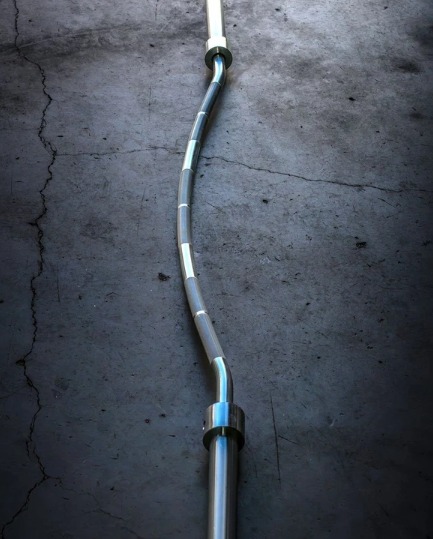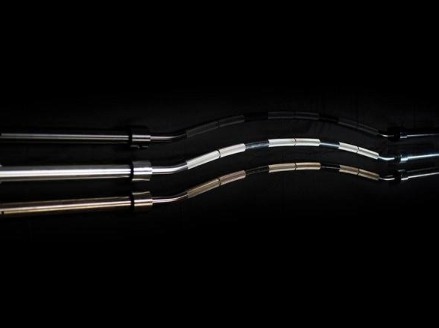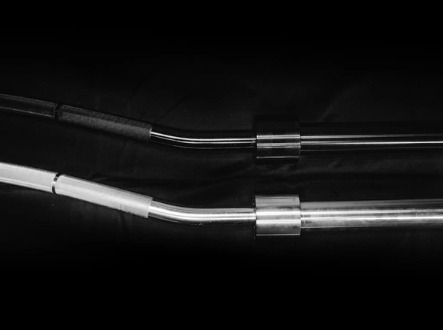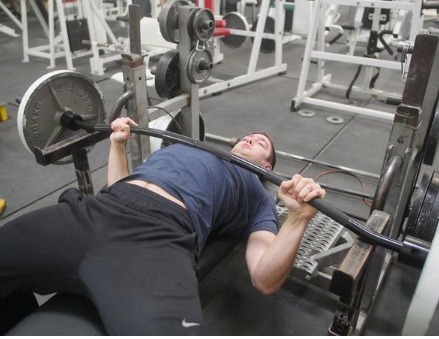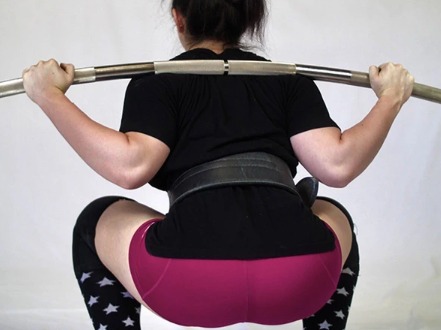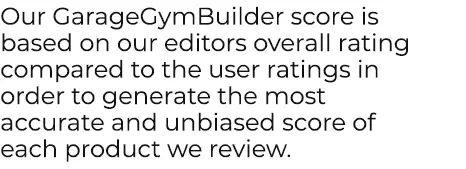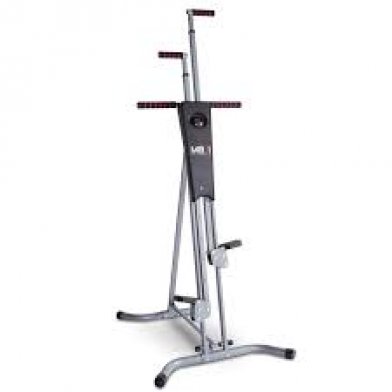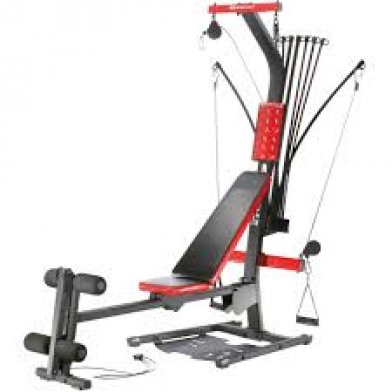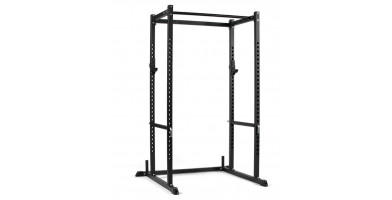The Duffalo Bar
Specialty barbells are nothing new in the weightlifting world. They include many exotic looking designs that most of us have never encountered. Cambered bars test your balance with swing arms. Tsunami bars hit different muscles with unstable plate housings. Fat bars are a staple of World’s Strongest Man Training.
Then there’s the Duffalo bar, our focus in this review. Its originator is Kabuki Strength, a company based in Portland, Oregon, in the United States. Kabuki began as a team of powerlifters who trained together and decided to fabricate and sell specialty strength equipment out of their gym facility (formerly a garage!) Kabuki’s mission is “to make the world a better place through strength,” and they promote this mission by providing equipment, education, coaching, and community-based corporate social responsibility programs.
So what makes the Duffalo Bar so special, and why do gyms and lifters alike pay upwards of $600 for just one? The bar can actually enhance your lifts, letting you add weight right away while keeping you safe and relieving spine pressure by conforming more readily to the rounded contours of your back and shoulders.
Reduces stress injuries by easing burden on joints
Allows for higher frequency work/less down time
Contoured knurling in backrest areas
Easy chain/band loading
Greater range of motion on bench
Prevents shoulder impingement
Encourages more lat muscle recruitment
Won’t sit in J-Cups on a rack like a straight bar will--can make things more challenging; can get custom J-Cups from Kabuki
Not for beginners--bend will create a wobble. New lifters should learn form with light weights/regular bars first
Expense will be too great for many recreational lifters
Tech Specs
The steel used for the bar is Kabuki’s chrome alloy proprietary material. The bar has a black oxide and zinc finish with nickel plating, making the bar impervious to rust, moisture, and corrosion. Bushings are oil-filled for smooth rotational movement, further reducing the load on your shoulders and ensuring you get a full range of motion without hyperextending.
The Duffalo bar’s weight capacity is 1500 pounds. For perspective, the world record for an unassisted squat is 1036 pounds, set by Russian powerlifter Andrey Malanichev in August 2015. Unless you plan on bionic leg and back implants, you won’t be overloading this bar any time soon.
Application
If you have ever taken a lesson from a trainer, or watched a professional video, you know you are supposed to draw your shoulder blades in tight and strong during a squat. This is true whether you are doing a high bar (top of your shoulders) or low bar (shoulder blades) squat, and regardless of your height and starting point. Even if you squat with an empty bar as a warmup, you must practice pulling in or retracting the shoulder blades. The Duffalo bar uses its own ergonomics to encourage shoulder blade engagement or scapular retraction. It’s just another way this finely engineered product keeps you safe and makes you stronger with regular use.
In addition, the Duffalo bar can save a lot of spinal strain by helping you maintain a neutral spine throughout the squat movement. This is something everyone needs, not just professional athletes or advanced powerlifters. But the ability to brace one’s spine more easily is one of the things that makes the Duffalo bar so popular in commercial gyms and NFL training rooms.
Kabuki is so confident in their product that, if you ask via the website, they will refer you to a gym in your area that will let you test drive the bar. We think you will be impressed with how the rounded, knurled, contoured middle bend rolls onto your back and sits in place. It is superior to a standard bar because our backs are not flat surfaces.
Effectiveness
The Duffalo isn’t just for back squats, either. You can use it for front-facing squats, and the bar will reduce pain and pressure on your collarbone. In any kind of squat, the bar augments what trainers call Intra-Abdominal Pressure (IAP). This is the effect you feel when you brace or tighten all the muscles in your trunk for planks or pull-ups. Since the Duffalo augments lat recruitment and shoulder engagement, it gives you a better foundation for bracing and buttressing those core muscles that will reduce spinal pressure even more.
The Duffalo bar also helps with the other classic barbell lift, the bench press. That is because the bend naturally holds your wrist at a slight angle to encourage a natural range of motion. It aligns the joints in your shoulder and, like with squats, the bar will engage some of your back muscles as you lie on the bench. Using the Duffalo cuts down and eases shoulder pain, too.
Stick-With-It Factor
Provided you have a history of lifting under your belt, are OK with the upfront investment and are confident that you will continue lifting while seeing improvements through the use of the bar, we say go ahead and pull the trigger. The Duffalo bar is only for the committed, and if that’s you, the dividends will be exponential.
Of course, you can always call Kabuki or do some digging around on your own and find a gym that will let you try out one of their Duffalo's. It may mean getting a day pass, but the $20 or so is well worth seeing and feeling the benefits firsthand before you make a purchase decision.
What People Are Saying
Any review you find, on various fitness sites, will be a positive one and will probably include a link to its inventor Chris Duffin explaining the product’s features in detail. Duffin is a captivating speaker, with numerous credentials and awards as a powerlifter. His enthusiasm for the Duffalo bar and for the sport as a whole is clearly more than just salesmanship.
Materials
The Kabuki Strength Duffalo bar is made of chrome-alloy steel, with zinc, black oxide, and nickel finish and plating. It weighs 55 pounds, 10 more than a standard Olympic bar. There are sharp knurled edges to aid the bar is resting on your back and shoulders. The knurling is tough, but will not cut into your skin or leave indentations. Bushings are made of bronze and impregnated with oil. They are sealed and maintenance-free. The bushings will further aid in range of motion and comfort during squats and presses.
Each stainless steel end cap is stamped with the Kabuki strength logo. As we mentioned before, you will need to modify your J-Cups, order custom ones from Kabuki, or use the bar upside down to pair it with a squat rack. The bend in the middle means the Duffalo won’t rest on regular J-Cups the way a straight bar will.

